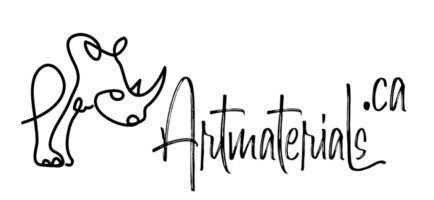These two rare colours have been newly incorporated into ENL watercolour paints (half-pans). Neodymium and Erbium oxides, both classified as rare earth oxides, caught my interest to experiment with them in watercolours. While these oxides are commonly utilized for ceramic glazing and industrial applications, the use of these elements in paints is a novel discovery for me.
Neodymium Oxide
The name “Neodymium” is derived from the Greek words “neos didymos”, meaning new twin. It refers to the chemical compound consisting of neodymium and oxygen, represented by the formula Nd2O3. In terms of appearance, it presents as a pale lavender-blue powder. Neodymium Oxide exhibits excellent lightfastness, is insoluble in water, and imparts a delicate pastel lavender-blue hue. This chemical is notably stable, making it a secure choice for watercolour paints and environmentally non-toxic.
Erbium Oxide
Carl Gustaf Mosander first isolated impure erbium(III) oxide in 1843, with the pure form being obtained in 1905. Erbium(III) oxide is a pinkish solid that is insoluble in water. When used in watercolours, it imparts strawberry milkshake hues with a granulating touch. Apart from many modern pigments, Erbium Oxide is non-staining.
Both of these colours will prove advantageous for landscape artists, particularly when used for depicting the sky. In creating the paints, I used pure oxides with the binder, ensuring that no fillers were incorporated. Despite their “milky” appearance, these colours remain transparent and avoid the chalky quality often seen in mixes containing titanium or zinc white.



























